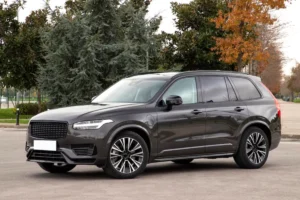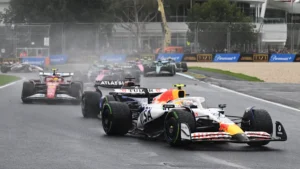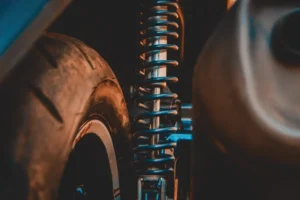The Automobiles Blog

The Growing Popularity of Drift Builds Among Enthusiasts
Drift builds were once a fringe interest in motorsport. Now, they have rapidly gained traction in car modification culture. Drifting started its life in the twisty mountain passes of Japan and has since grown to become a worldwide craze. The sport has flourished from car park events to international series like Formula Drift.
What is it about drift builds that captures the hearts of automotive enthusiasts? It isn’t simply the tyre smoke or sideways action — it’s the ideal mix of talent, style, and mechanical artistry. In this blog, we explore drift builds. We’ll discuss what makes them unique in motorsport culture. Plus, we’ll examine why so many people are now building cars to slide.
The Origins of Drift Culture
From Touge Roads to Global Tracks
Drifting began in the 1970s on Japan’s winding mountain passes (“touge”). Street racers would hone their cornering skills, often favouring style over speed. Legendary drivers like Kunimitsu Takahashi and Keiichi Tsuchiya, known as the “Drift King,” started a new kind of motorsport here.
By the 1990s, organised drift competitions like the D1 Grand Prix helped legitimise the sport. The Initial D manga and anime helped spread drift culture beyond Japan. It influenced many new car fans.
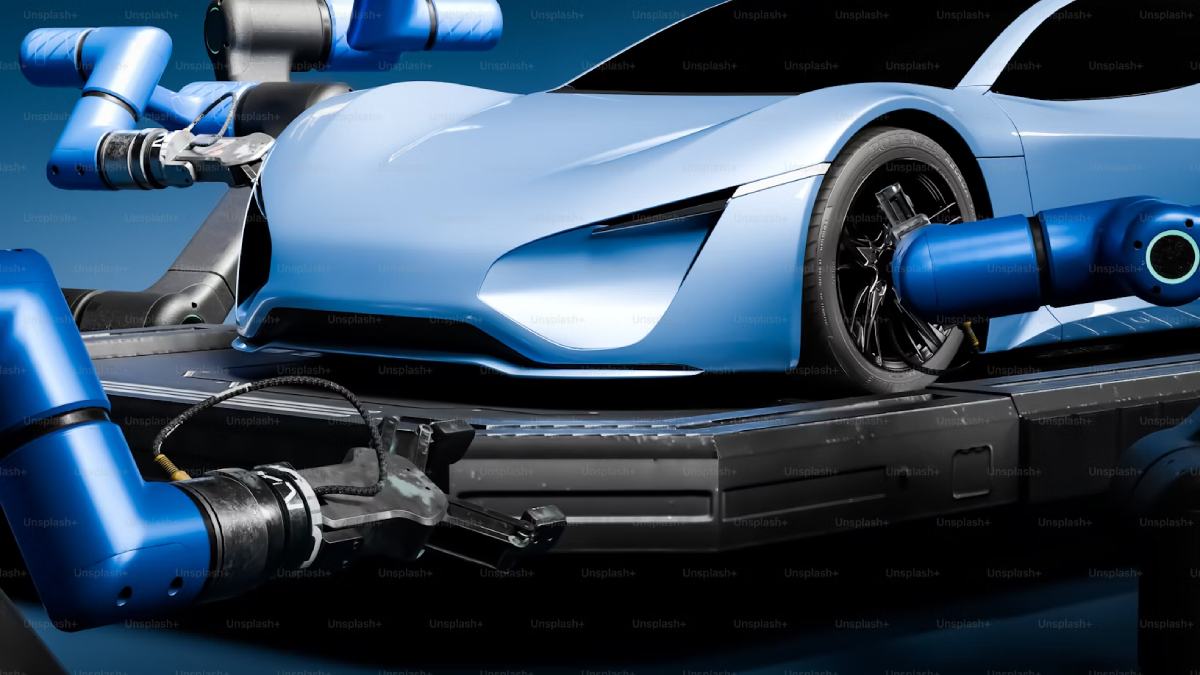
What Makes a Drift Build?
Key Characteristics
A proper drift car is more than just rear-wheel drive and a handbrake. It requires precise modifications aimed at controlling the vehicle during oversteer:
- Rear-Wheel Drive (RWD): Essential for breaking traction and initiating a drift.
- Limited Slip Differential (LSD): Helps distribute power effectively to the wheels.
- Suspension Tuning: Adjustable coilovers, camber kits, and upgraded sway bars for control.
- Steering Angle Kits: Allow more excellent wheel articulation for dramatic drift angles.
- Power Upgrades: Turbocharged engines, ECU tuning, and free-flowing exhausts provide the power to maintain momentum.
Style and Aesthetics
Style is just as important as performance. Wide-body kits, bold liveries, deep-dish wheels, and stripped interiors reflect the car’s purpose and personality. Drift cars are often rolling works of art.
Why Are Drift Builds So Popular?
Accessibility and Affordability
Unlike traditional track racing, drifting can be practised in controlled environments such as drift mats, skid pads, or small circuits. Many enthusiasts start with budget-friendly cars like the BMW E36, Nissan 240SX, or Mazda MX-5—making it more accessible than other motorsports.
Community and Culture
Drift events foster a welcoming community where creativity and self-expression thrive. There’s less emphasis on outright competition and more on showmanship and enjoyment, creating a more inclusive atmosphere that attracts new and seasoned car lovers alike.
DIY Appeal
Drift builds often involve hands-on modification, which appeals to those who enjoy the mechanical side of car culture. You’ll find enthusiasts fabricating roll cages, tuning their ECUs, or swapping engines from other makes and models.
Notable Drift Platforms
Nissan S-Chassis (S13, S14, S15)
Arguably the most iconic drift platform. Lightweight, RWD, and with immense aftermarket support.
BMW 3 Series (E36/E46)
Affordable and well-balanced with a robust chassis. It is popular in Europe and increasingly so worldwide.
Mazda RX-7
Rotary-powered and lightweight with perfect weight distribution. A fan-favourite in both grassroots and pro drifting.
Toyota AE86
Light, nimble, and immortalised by Initial D. Still relevant today for purists who favour technique over horsepower.
Ford Mustang
An American entry, it’s gained traction in pro-drift circuits. Its V8 power and aggressive styling make it a fan favourite.
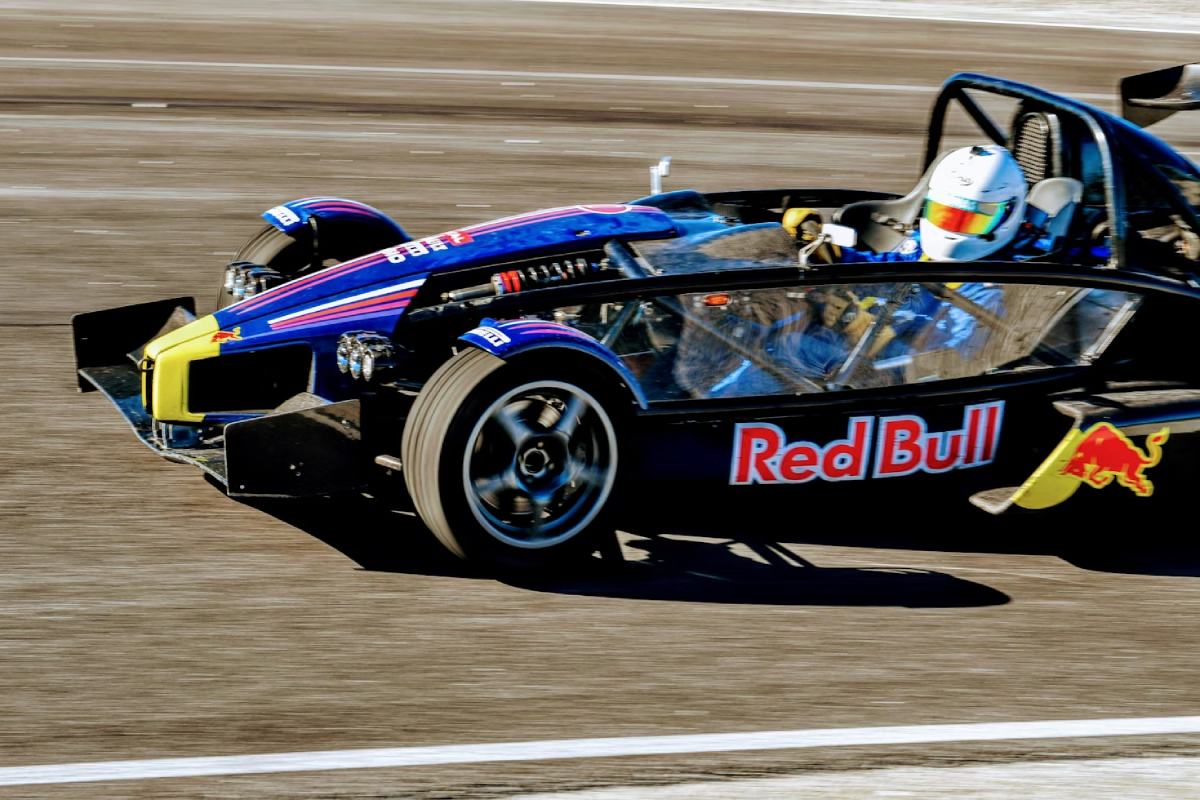
Drift Builds in Competitive Motorsport
Formula Drift
It is one of the most prestigious drift series globally. Professional teams build highly specialised drift cars with enormous power, carbon bodywork, and advanced telemetry systems.
British Drift Championship
The UK’s premier drift league showcasing local talent and diverse builds. Grassroots competitors often rise through the ranks.
Drift Masters European Championship
A top-tier event attracting talent across Europe. The builds here represent the cutting edge of what’s possible in drift engineering.
Common Challenges and Misconceptions
“Drifting is Just for Fun”
While it can be, drifting is a highly technical discipline requiring finesse, car control, and mechanical understanding.
Build Costs Can Escalate
Although drifting can start affordably, costs can rise quickly due to wear and tear, upgrades, and crash damage. Budgeting and part-sourcing skills are essential.
Legal and Safety Concerns
Drifting on public roads is illegal and dangerous. Enthusiasts are encouraged to practise only at sanctioned events or circuits. Builds must also meet safety regulations.

Future of Drift Builds
Electrification and EV Drift Cars
Electric drift builds are starting to appear, with instant torque and regenerative braking offering new dynamics. Expect to see more innovation as battery tech improves.
Sim Racing and Virtual Drift Culture
Simulators like Assetto Corsa and Drift Hunters are helping train new drivers and foster global connections. Virtual builds even mimic real-world setups.
OEM Acknowledgement
Manufacturers like Toyota and Ford sponsor drift teams; some even design cars with drifting in mind. The line between factory and enthusiast tuning is blurring.
Drift Culture’s Momentum: What Lies Ahead
Drift builds are more than just cars that have been modified for drifting. It’s an expression of individuality, mechanical skill and community spirit. From mountain passes in Japan to racetracks worldwide, the drifting phenomenon continues to take flight and evolve.
It’s no longer that the drift builds are just a trend. They are a lifestyle for both onlookers and wrenches, including me.
So are you ready to drift!? Find local drift clubs, check out beginner builds, and live the drift life. The smoke, the style, and the sound—it’s all part of the thrill.



